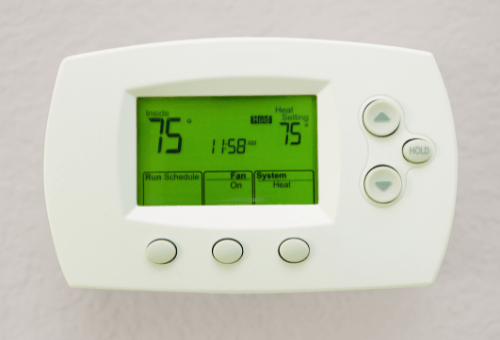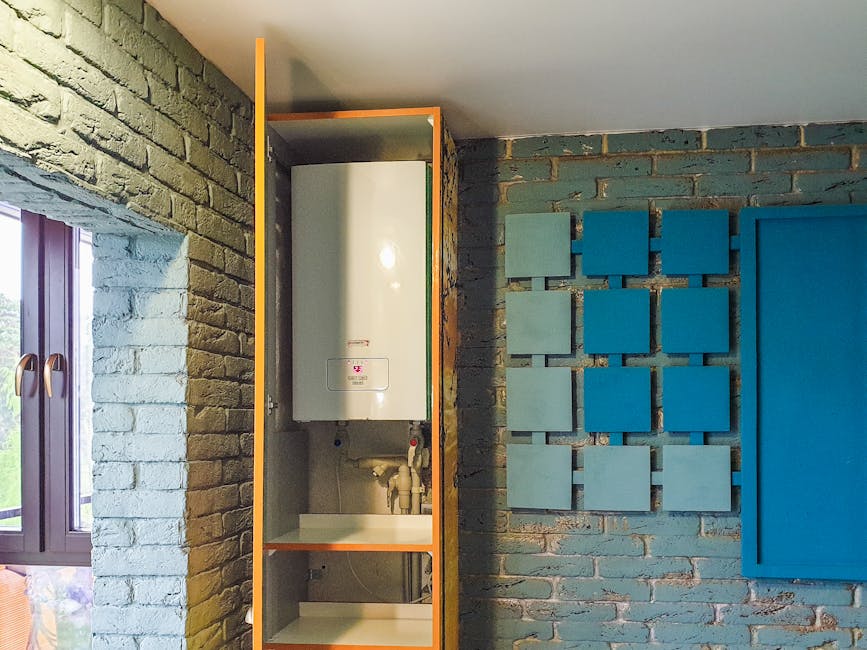Menu
Programmable vs. Smart Thermostats -- which should you get?
Although they offer almost the same benefits, programmable and smart thermostats have clear-cut differences. Their distinct features cater to various needs of homeowners. However, before buying one, you need to compare them to ensure you make the right choice. Check out this article to know which type of thermostat

More people are now switching to programmable and smart thermostats for their homes. Compared to manual thermostats, these two state-of-the-art devices allow homeowners to experience better indoor comfort without increased utility bills. They have better precision in maintaining indoor temperature, and they can be programmed according to your schedule. Because of these features, many homeowners are choosing digital thermostats for their homes.
Although they offer almost the same benefits, programmable and smart thermostats have clear-cut differences. Their distinct features cater to various needs of homeowners. However, before buying one, you need to compare them to ensure you make the right choice.
Need a new thermostat or a thermostat upgrade? Check out the quick comparison we’ve shared below to help you choose which best fits your home.
PROGRAMMABLE VS. SMART THERMOSTAT
Programmable Thermostats

Advantages
A programmable thermostat allows you to set specific temperatures throughout the day or week. No need for manual adjustments! For instance, you can set a higher temperature while you’re out during specific hours of the day. You can also set it to a lower temperature during the evenings for better sleep. This can help reduce unnecessary energy consumption.
Aside from those, this device is also relatively cheaper than smart thermostats. Thus, you can definitely experience higher returns on your investment in the long run.
Disadvantages
If you’re a busy person, you might find the set up a little inconvenient. You need to make time to ensure your thermostat is scheduled correctly. A programmable thermostat might also be disadvantageous if your family frequently stays at home. They might not enjoy the warmer temperatures you set while you’re away, so you’ll need to set it to the usual temperature. This won’t help you reduce your utility bills.
Lastly, this device is not universal, so it may not be compatible with some HVAC systems. Make sure to call a professional HVAC technician to help you find the best-fitting thermostat for your home.
Smart Thermostats

Advantages
A smart thermostat lets you control its temperature through your smart devices. For example, you can remotely switch your HVAC to a lower temperature before coming home just by using the smartphone application. This wireless access allows homeowners to better control their HVAC’s energy consumption wherever they are, as long as their device is WiFi-connected.
Smart thermostats can also be programmed according to your preferred schedule. Some models also come with geofencing abilities that automatically adjust the temperature whenever your home is occupied or unoccupied. They also have smart-learning capabilities that track your usage to create an energy-efficient schedule. This ultimately leads to more energy savings and maximum indoor comfort.
Disadvantages
The smart thermostat is still a relatively new device that offers more convenient benefits. As such, it’s no surprise that they have higher price tags compared to other types of thermostats. This may not be ideal for homeowners who have a tight budget. Moreover, if you’re not a techy person, you might struggle at first when using this device.
Lastly, like any other smart device, this WiFi-connected thermostat may also be vulnerable to hacking attempts. If you’re working on setting a smart home ecosystem, this might cause problems in your home’s security.
Consult an Expert for New HVAC Installation
Need to install a new thermostat in your home? Rely on Best Owner Direct HVAC for help. We specialize in residential HVAC installation services to ensure your air conditioner works perfectly and efficiently. Our team can also help you find the right HVAC or thermostat that fits your needs and budget. Contact us to know more, or fill out the form below for a free estimate.




